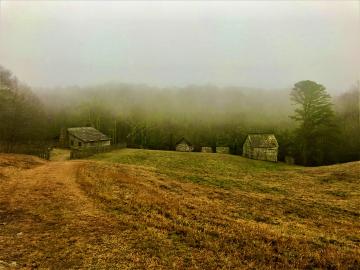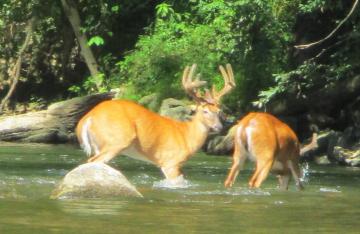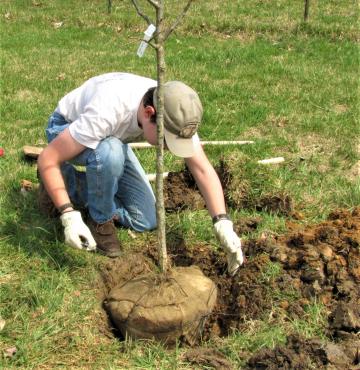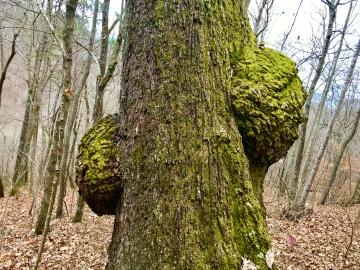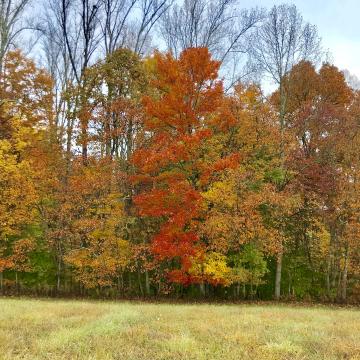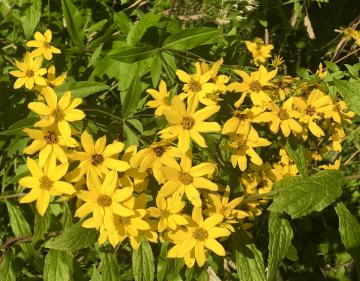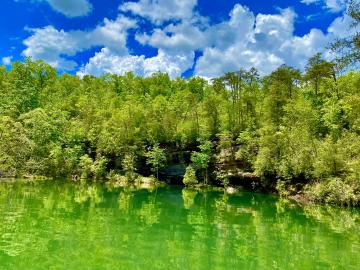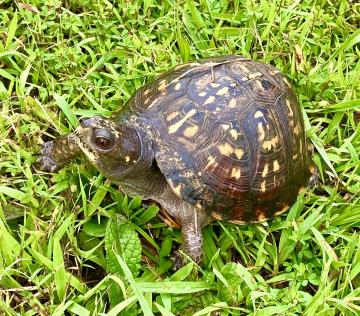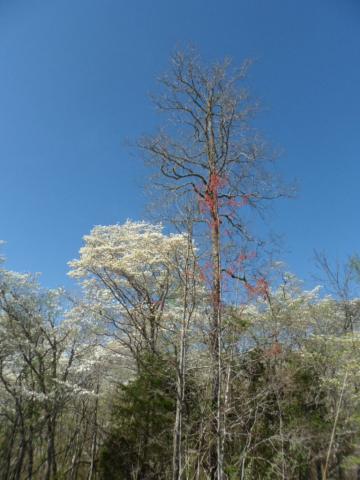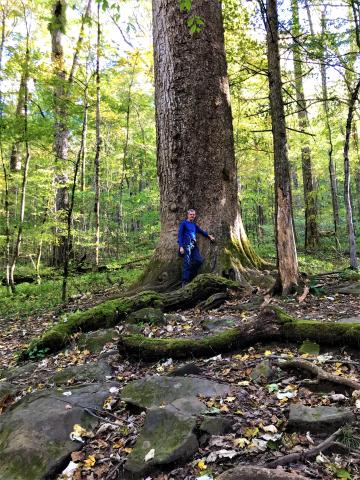Indian Summer
By: Steve Roark
Volunteer, Cumberland Gap National Historical Park
Indian summer is a name that brings thoughts of balmy, hazy fall days and cool nights. It is a description of weather conditions rather than an actual season, for no dates exist for it. The closest time frame I could find was from Henry David Thoreau, who noted in his diary that Indian summer occurs from September 27 to December 13.
- Read more about Indian Summer
- Log in to post comments
